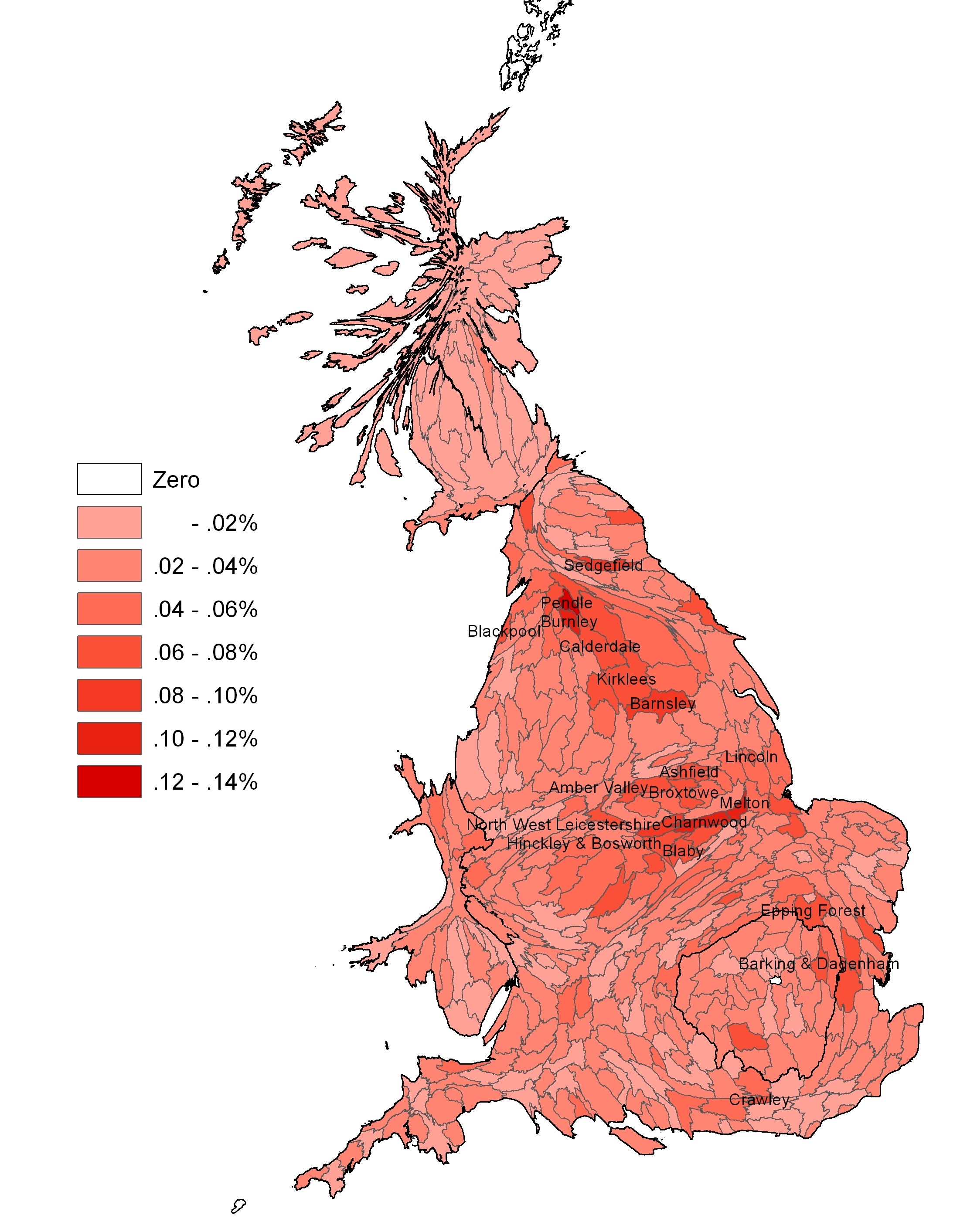 Support for the British
National Party (BNP) has grown exponentially in the last decade. Using
a leaked membership list, we locate over 12,000 members and match them
with Census data on more than 200,000 neighbourhoods in Britain. Two
established theories of ethnic hostility—contact and threat—provide
opposing predictions about the effect of the proportion of minorities.
These predictions are tested with a multilevel analysis of variation in
the probability of white British adults belonging to the BNP. The
probability is lower in neighbourhoods with a substantial proportion of
nonwhites. The probability is higher, by contrast, in cities with a
larger proportion of nonwhites, but only where they are also highly
segregated. Within the nonwhite category, we find that South Asians
matter rather than blacks; results for Muslims are similar. These
findings show how contact and threat can be disentangled by considering
different spatial scales, and also demonstrate the importance of
segregation.
Support for the British
National Party (BNP) has grown exponentially in the last decade. Using
a leaked membership list, we locate over 12,000 members and match them
with Census data on more than 200,000 neighbourhoods in Britain. Two
established theories of ethnic hostility—contact and threat—provide
opposing predictions about the effect of the proportion of minorities.
These predictions are tested with a multilevel analysis of variation in
the probability of white British adults belonging to the BNP. The
probability is lower in neighbourhoods with a substantial proportion of
nonwhites. The probability is higher, by contrast, in cities with a
larger proportion of nonwhites, but only where they are also highly
segregated. Within the nonwhite category, we find that South Asians
matter rather than blacks; results for Muslims are similar. These
findings show how contact and threat can be disentangled by considering
different spatial scales, and also demonstrate the importance of
segregation.Cartogram showing Britain's 408 local authority districts, scaled according to the number of white British adults. London, Wales, and Scotland are outlined in black. Each authority is shaded to show the proportion of white British adults belonging to the BNP; those with over .07% are named.
